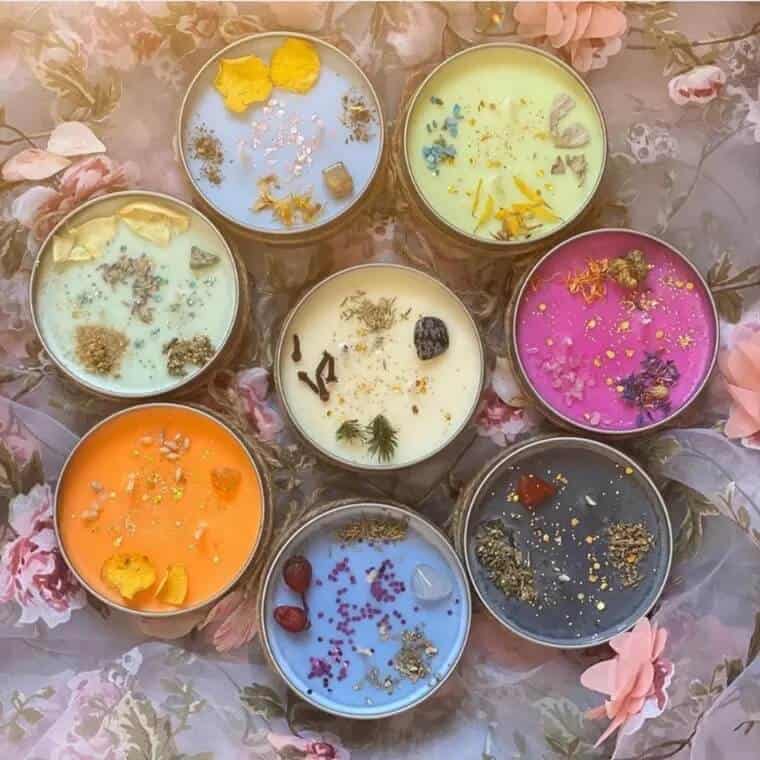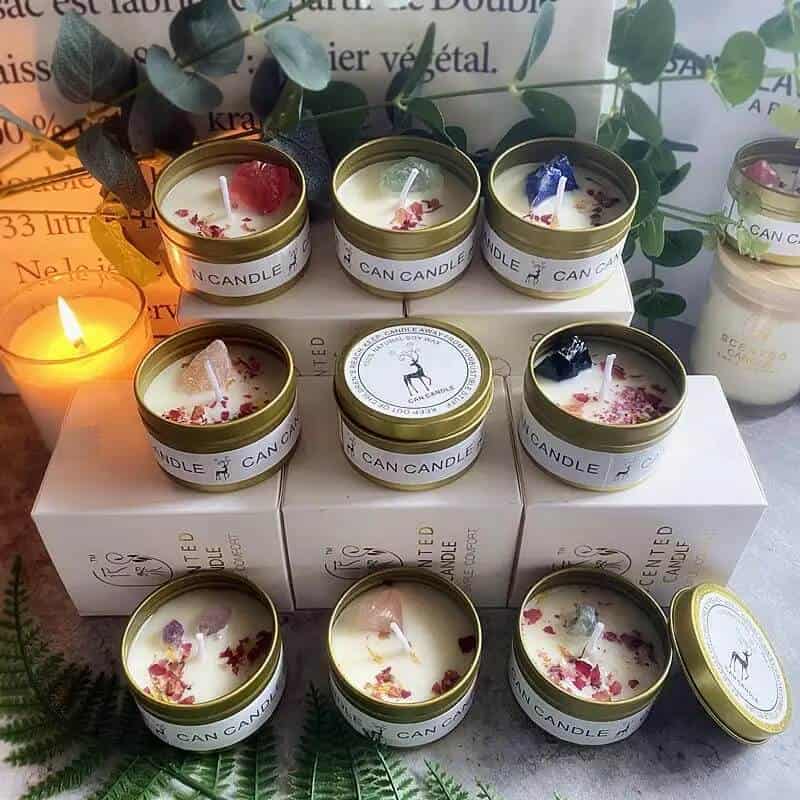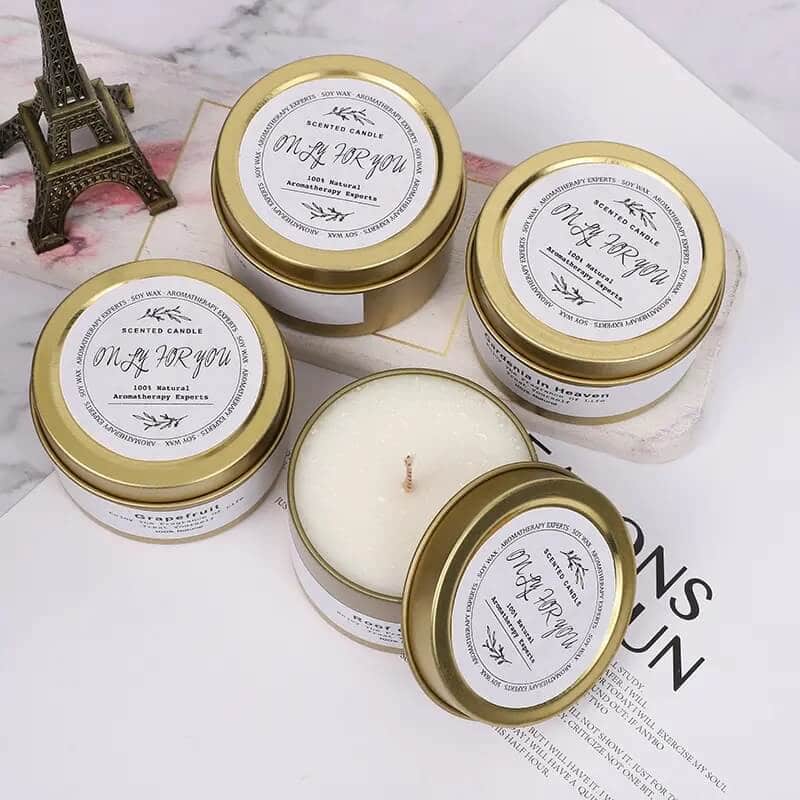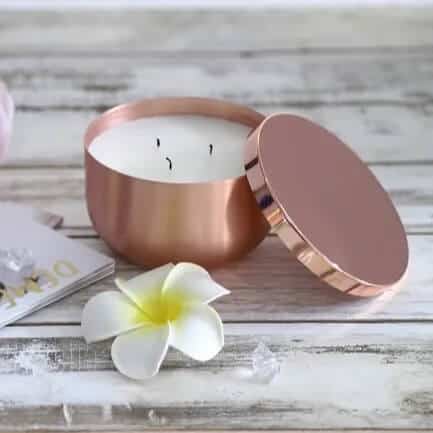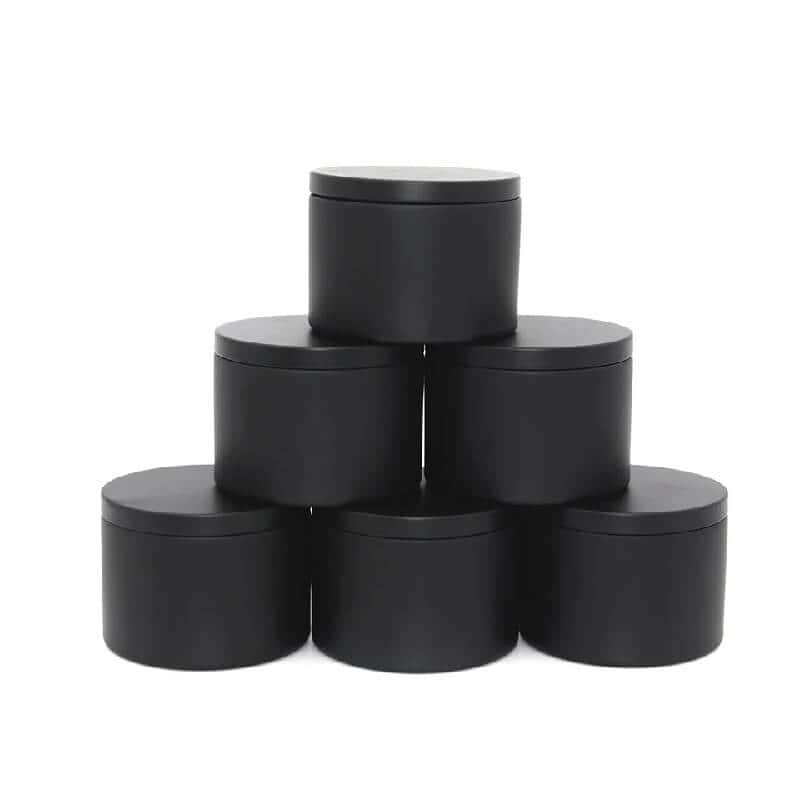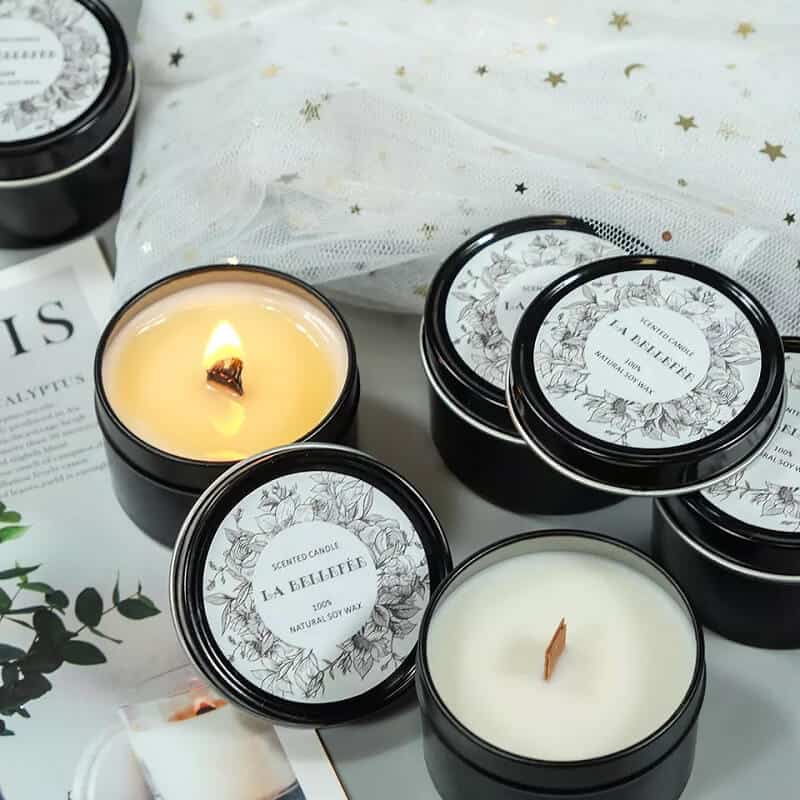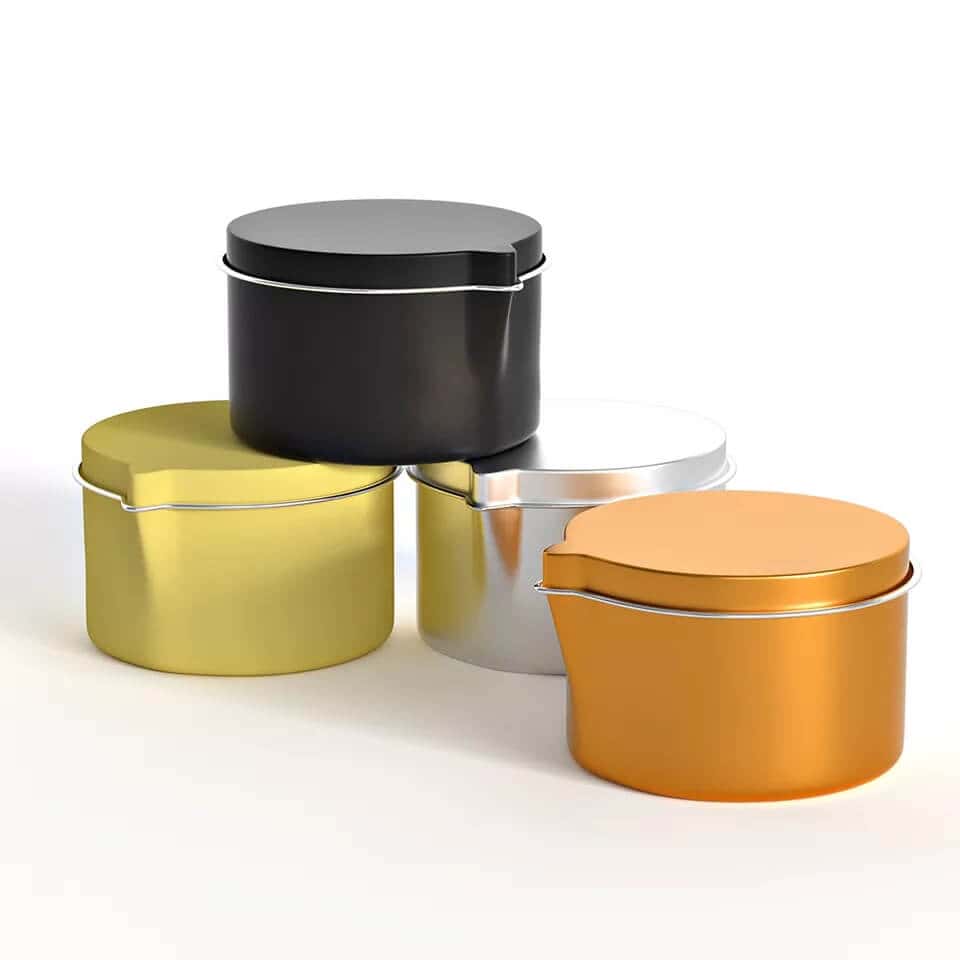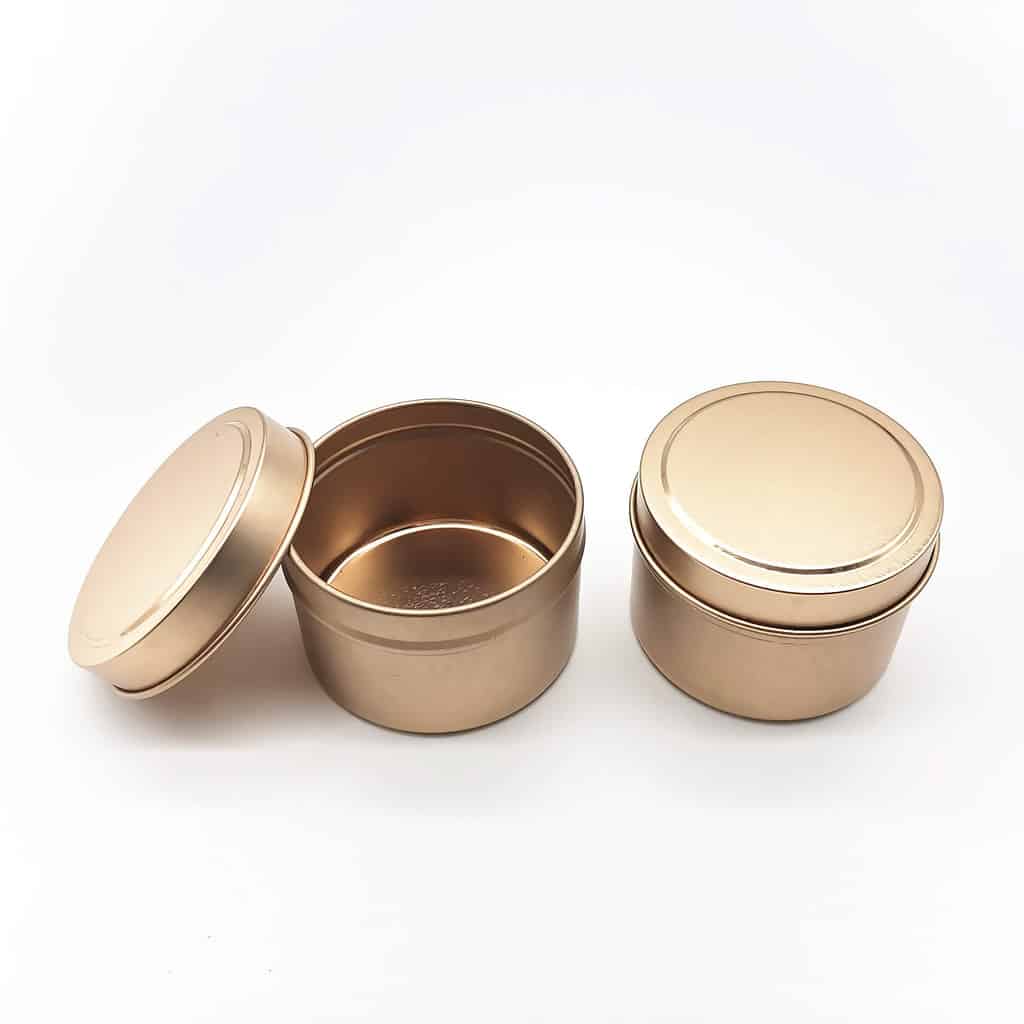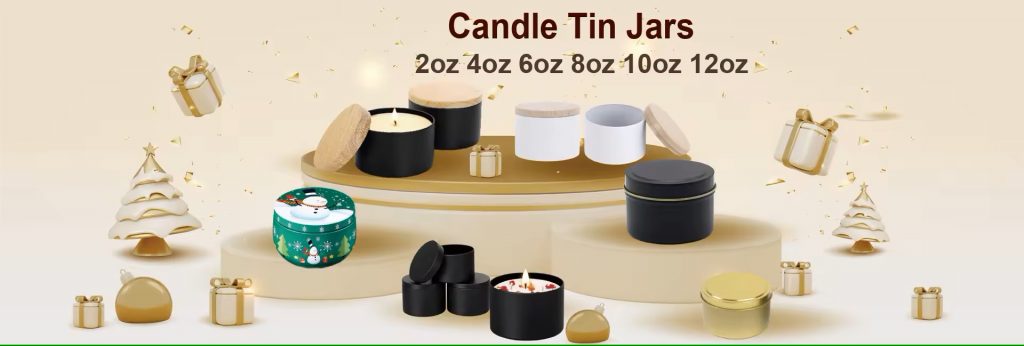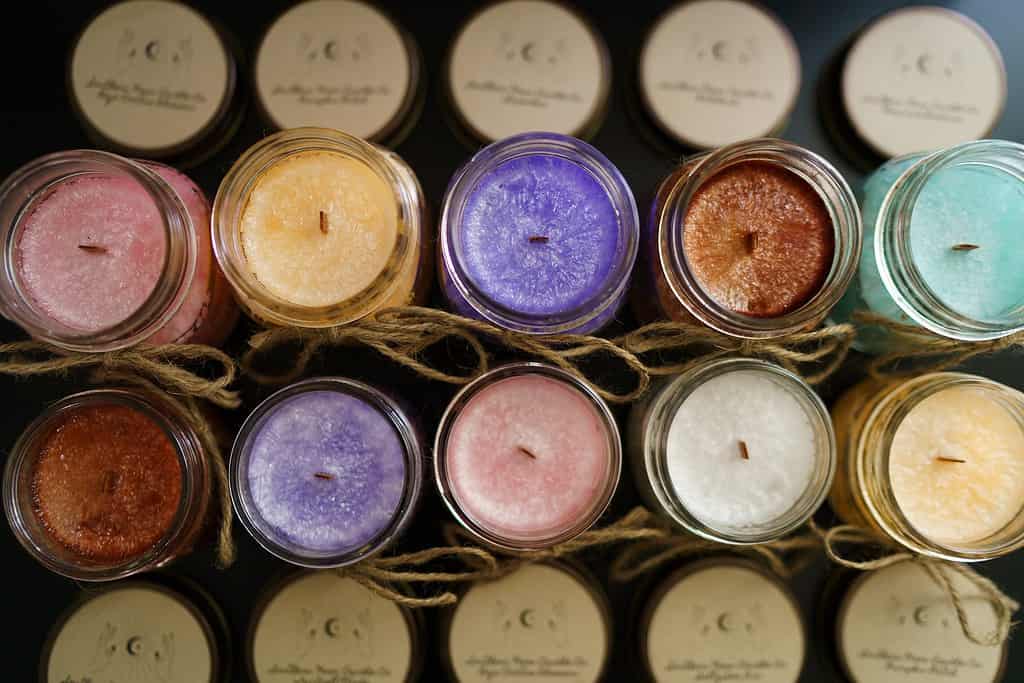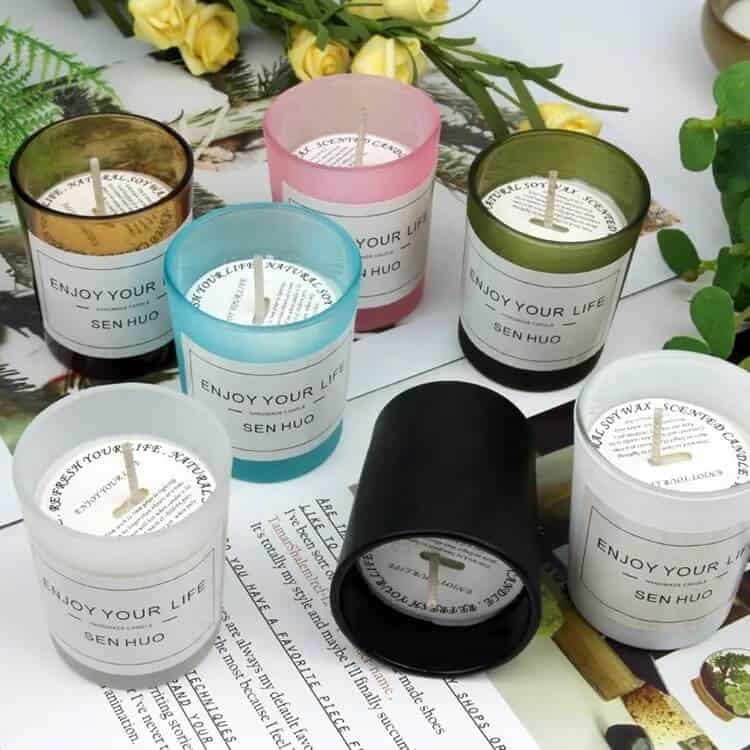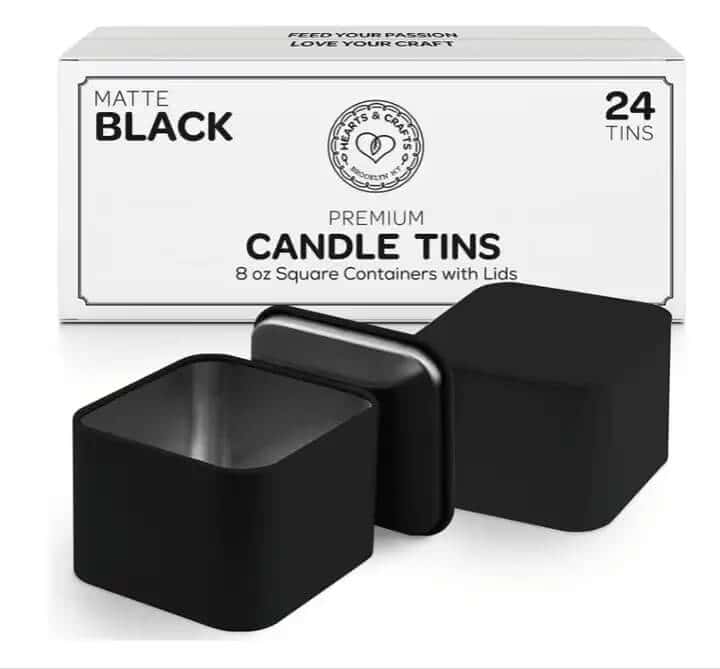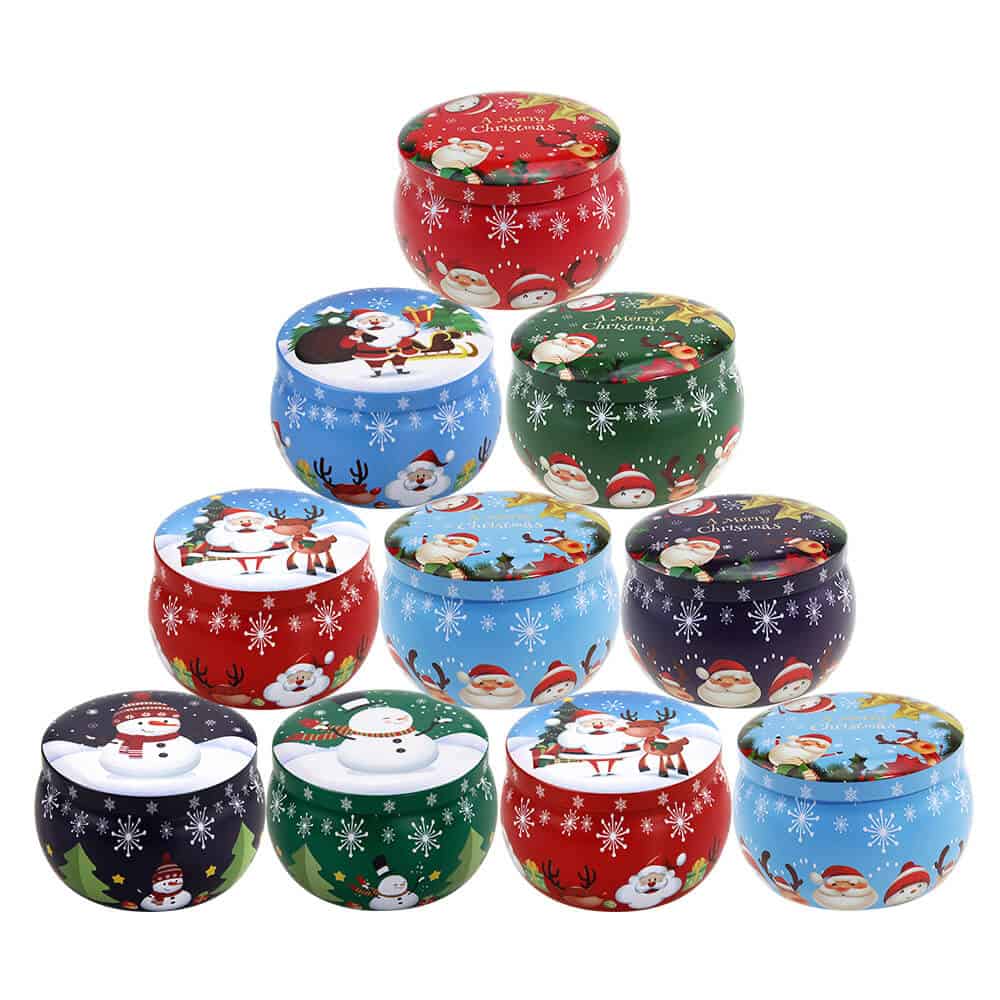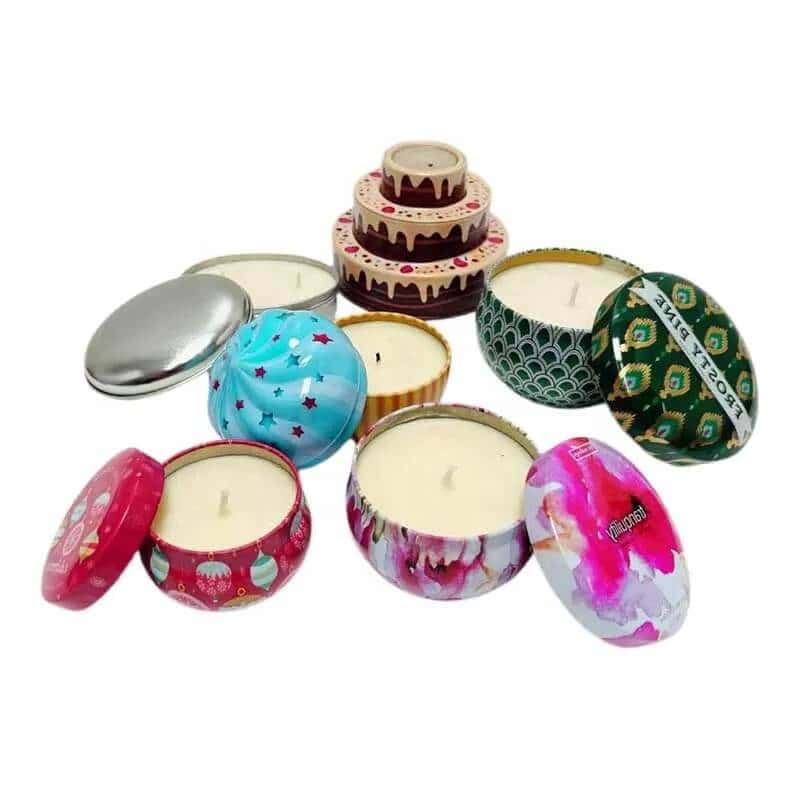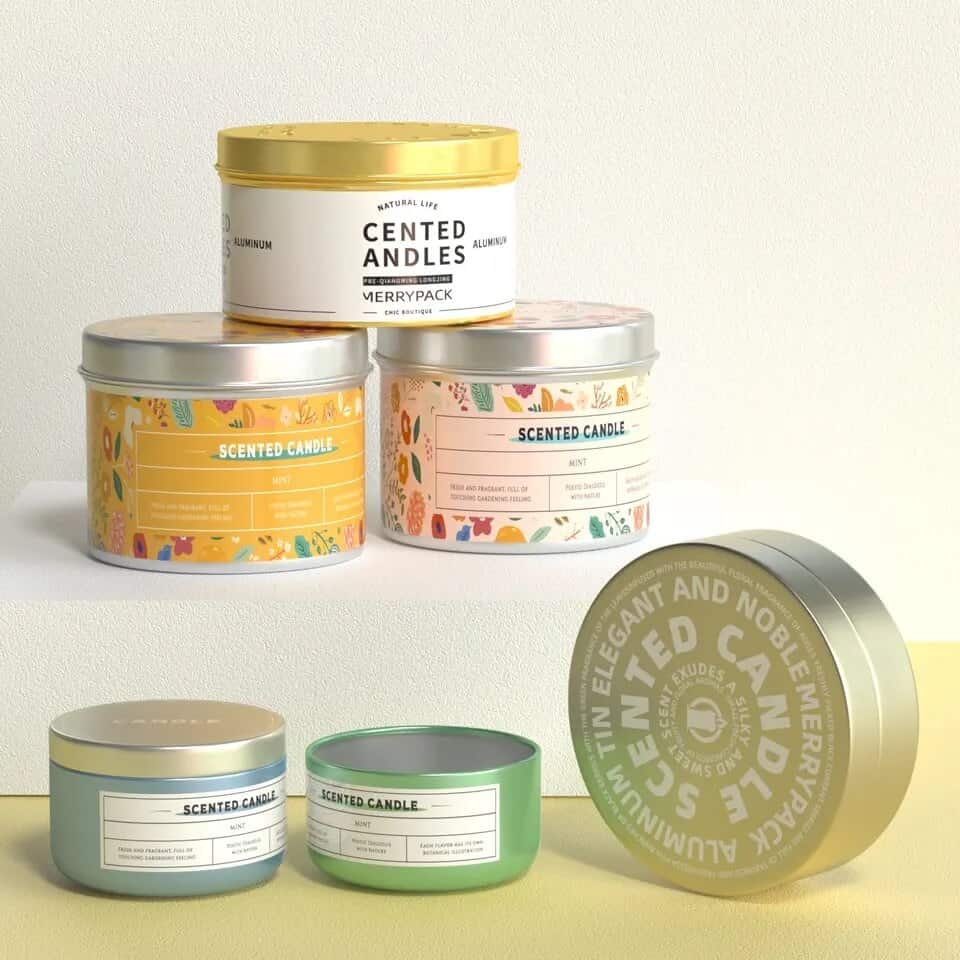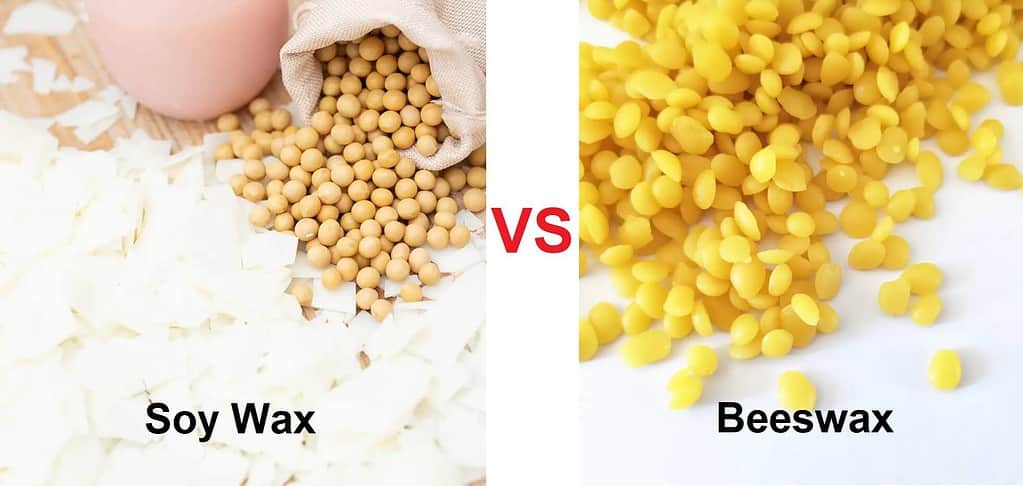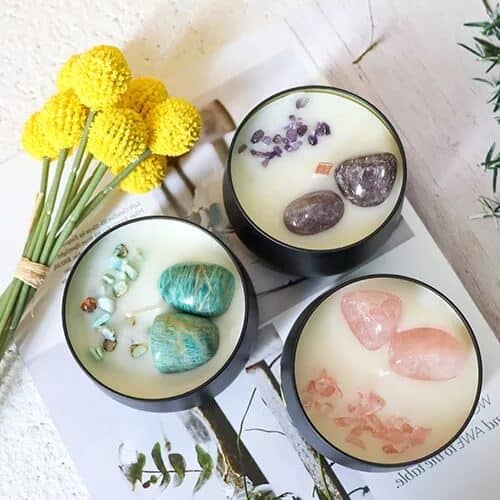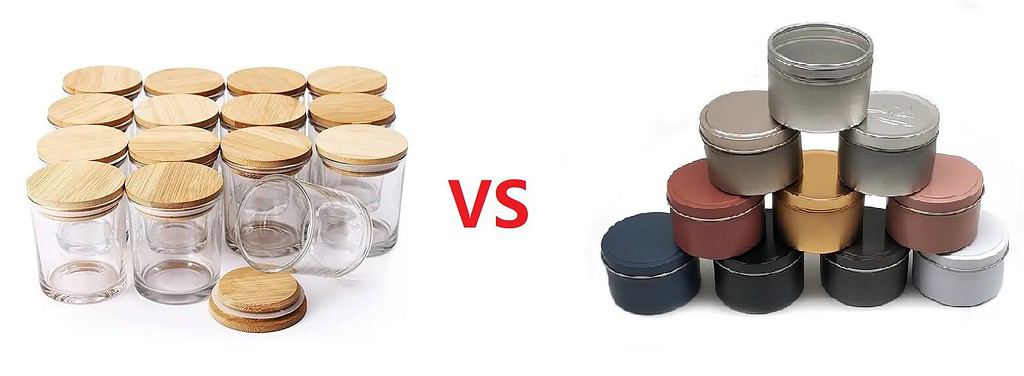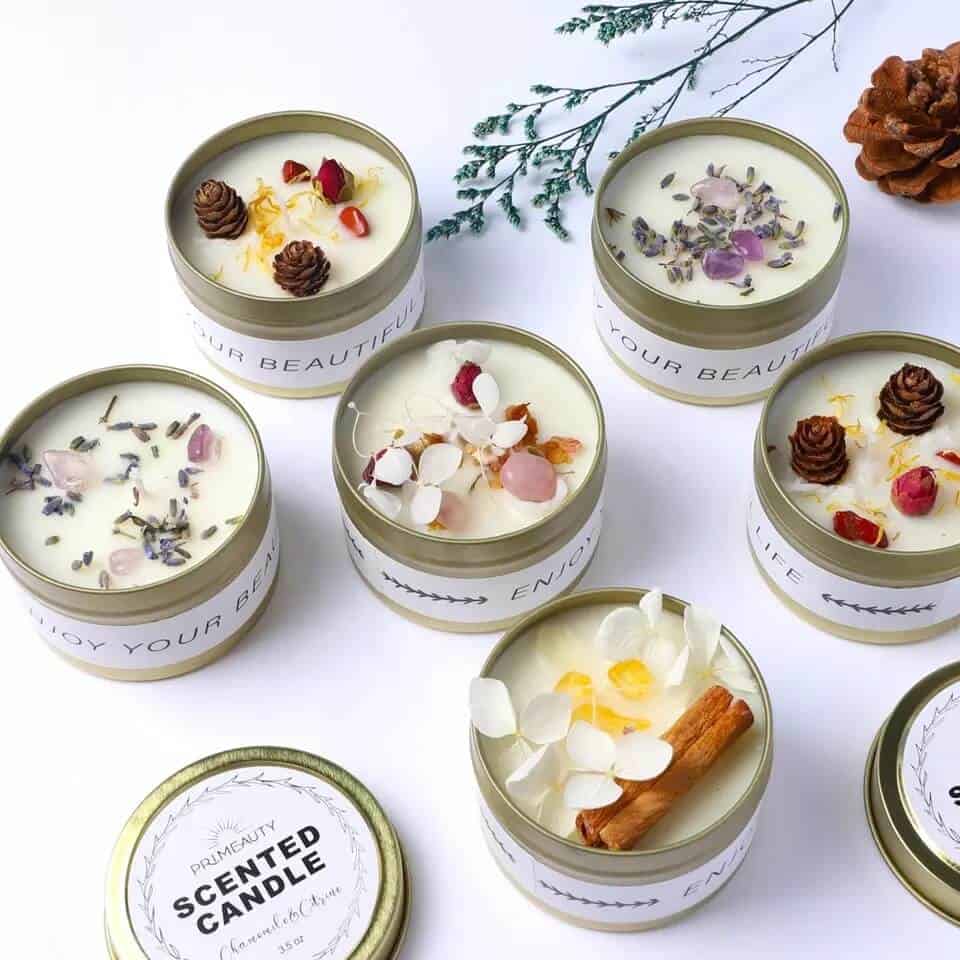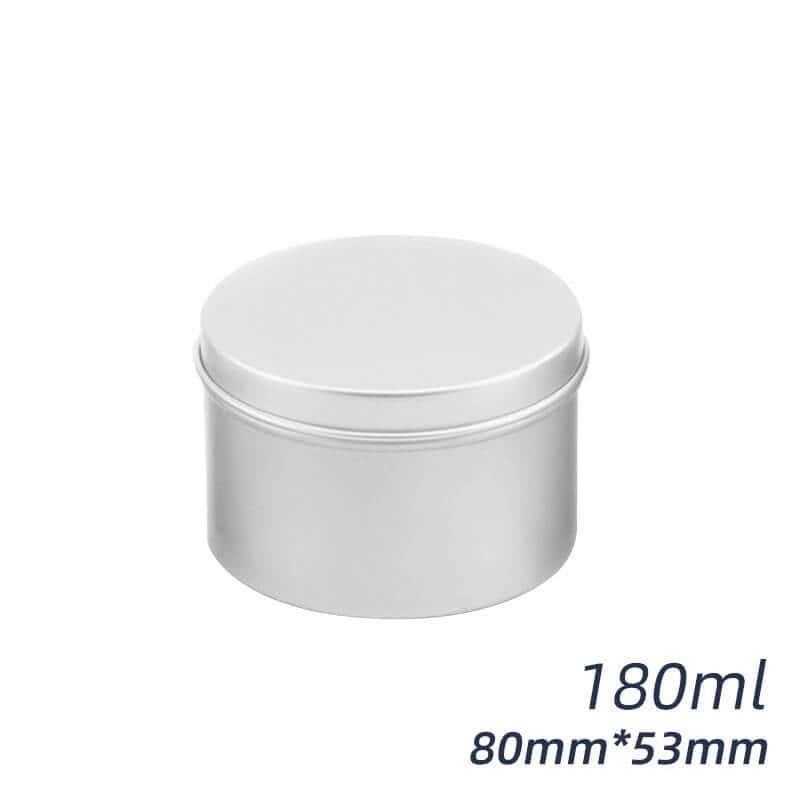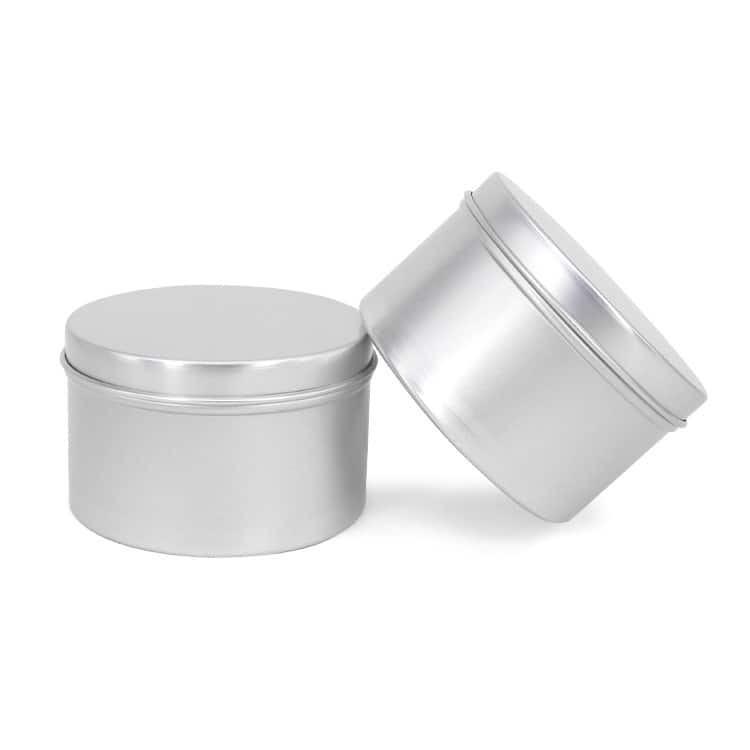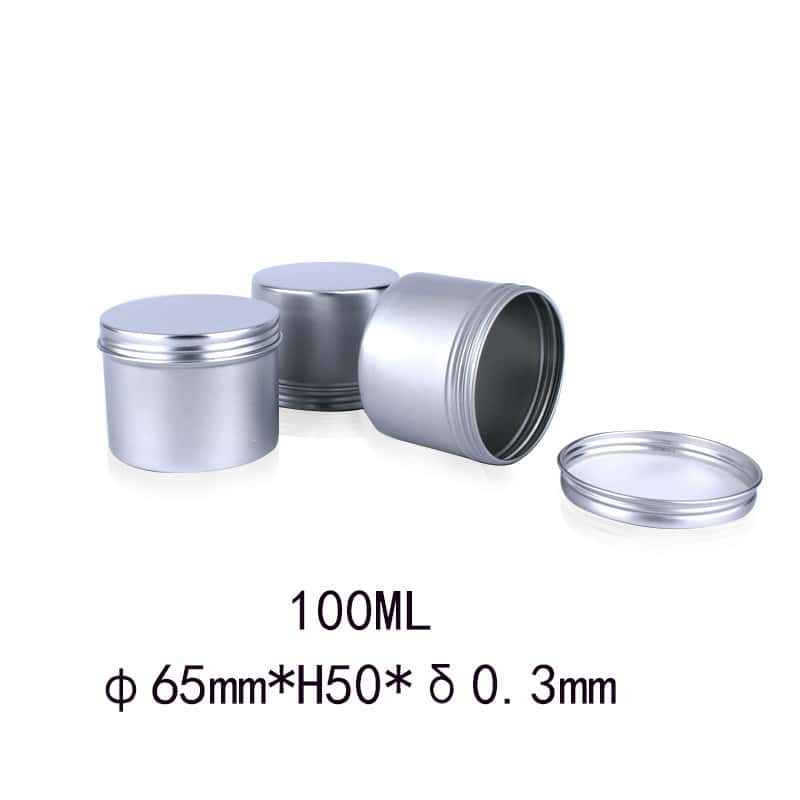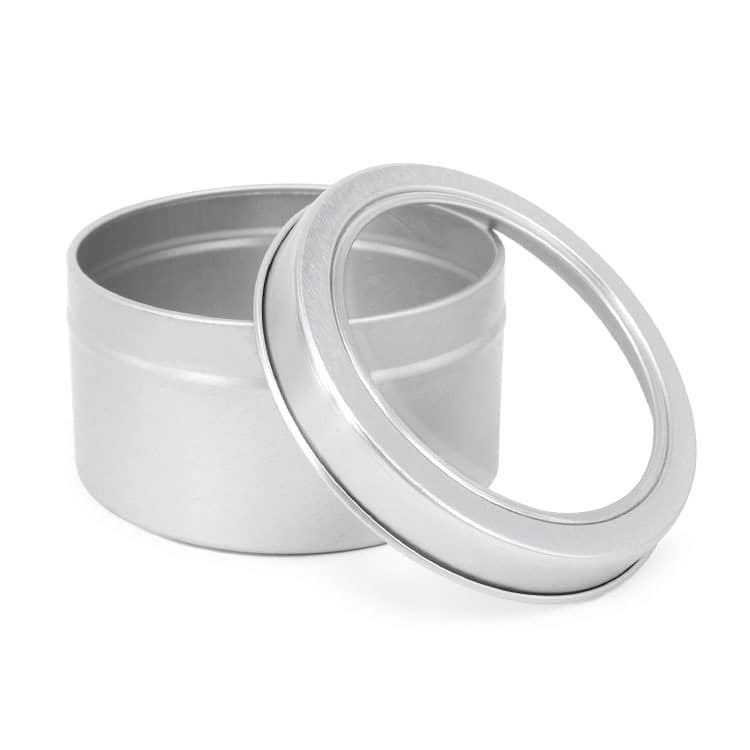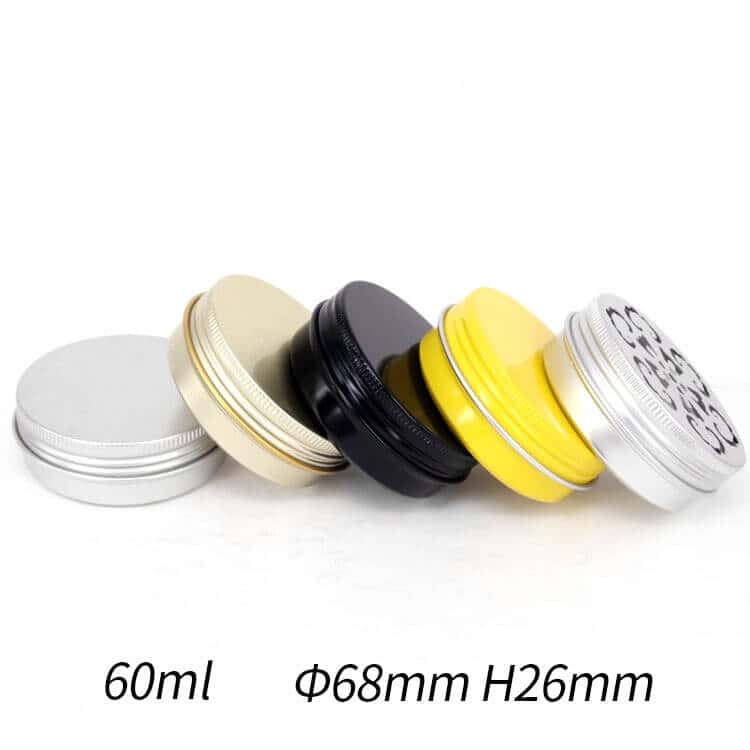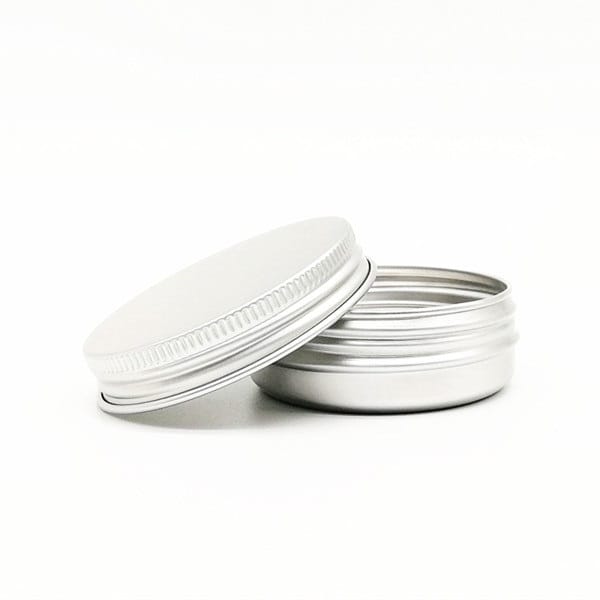Welcome to the fascinating world of candles. A timeless staple of ambiance, relaxation, and celebration, candles are versatile in their uses, designs, and types. But in this vast array of choices, have you ever heard of a container candle? Container candles, while perhaps not as commonly known by name, are an immensely popular type in the world of candle making and usage. This article will illuminate the concept of container candles, exploring everything from their definition to their creation, and even their unique benefits over more traditional forms. Whether you’re a seasoned candle connoisseur or a curious beginner, this comprehensive guide to container candles will surely spark your interest.
What is a container candle?
A container candle is a candle that is made and contained within a jar or any other vessel that is heat-resistant. These candles are typically made from wax, often paraffin or soy, which is poured directly into the container. The wick is then centered and secured in this poured wax. As the candle burns, the wax melts within the container, rather than dripping down the sides as it does in traditional pillar or taper candles. This self-containing feature makes container candles a preferred choice for many, offering a clean and convenient candle burning experience. Available in an array of shapes, sizes, and scents, container candles provide ample scope for customization, adding to their popularity in the diverse world of candles.
Types of Container Candles
When we talk about types of container candles, we’re typically referring to the variety of materials, sizes, shapes, and fragrances that these candles can encompass. Here are some common distinctions:
- Material-based Types: The wax used in container candles can vary, leading to different types. The most common are soy wax candles, known for their longer burn time and eco-friendly properties; paraffin wax candles, appreciated for their smooth finish and strong scent throw; and beeswax candles, admired for their natural and hypoallergenic qualities.
- Size-based Types: Container candles can range from small votive or travel-sized tin candles to large multi-wick jar candles. The choice of size depends on the desired burn time and the scale of the space where the candle will be used.
- Shape-based Types: While most container candles are circular to conform to the shape of traditional candle jars, they can be found in all sorts of vessels – from square glass containers to intricate ceramic pieces and metal tin containers. The shape does not significantly affect the burn but does contribute to the aesthetic appeal.
- Scented vs. Unscented: Container candles can either be unscented, preserving the natural smell of the wax, or they can be scented, using essential oils or fragrance oils. Scented container candles are particularly popular, providing both illumination and a pleasing aroma.
Each of these types of container candles offers a unique candle burning experience, catering to a range of preferences and uses.
Making a Container Candle at Home
Making a container candle at home is a rewarding DIY project. Here’s a basic step-by-step guide:
Materials Needed:
- Container (glass jar, ceramic pot, or tin can)
- Candle wax (soy, beeswax, or paraffin)
- Candle wick
- Wick holder or pencil
- Wick sustainer
- Essential oils or fragrance oils (optional)
- Double boiler or a microwave-safe bowl
- Thermometer
- Scissors
Steps:
- Prepare the Container: Ensure the container is clean, dry, and heat-resistant.
- Prepare the Wick: Attach a wick sustainer to one end of the wick and place it in the center of the container. Use a wick holder or a pencil to keep the wick centered.
- Melt the Wax: Cut the wax into small chunks and melt it using a double boiler or in a microwave-safe bowl in the microwave. Monitor the temperature with a thermometer, ensuring it doesn’t exceed the recommended temperature for the type of wax you’re using.
- Add Fragrance: Once the wax is melted, let it cool slightly then add your chosen essential oil or fragrance oil. Stir gently to combine.
- Pour the Wax: Carefully pour the melted wax into the container, making sure the wick stays centered.
- Let it Set: Allow the wax to cool and fully solidify. This can take several hours or overnight.
- Trim the Wick: Once the wax has set, trim the wick down to about a quarter of an inch.
Comparison Between Container Candles and Traditional Candles
While candles serve the common purpose of providing light and ambiance, the experience they offer can vastly differ based on their types. Traditional candles and container candles, for instance, have distinct features and advantages.
Traditional Candles
Traditional Candles, like taper and pillar candles, are often admired for their classic aesthetic. Taper candles, with their tall, slender form, are a popular choice for formal dining settings and religious ceremonies. Pillar candles, on the other hand, are freestanding with a robust and often multi-wick design, offering a longer burn time.
Advantages of traditional candles include:
- Versatility: Can be placed in various holders or stands for a customized look.
- Variety: Available in an array of shapes, sizes, and designs.
- Visual Appeal: Their exposed wax structure can make for a dramatic display when lit.
However, traditional candles require more careful handling:
- Dripping Wax: Unless they are dripless varieties, traditional candles can drip wax as they burn, necessitating a catch plate or holder.
- Fire Safety: Without a built-in container, they can be more of a fire risk if not monitored closely.
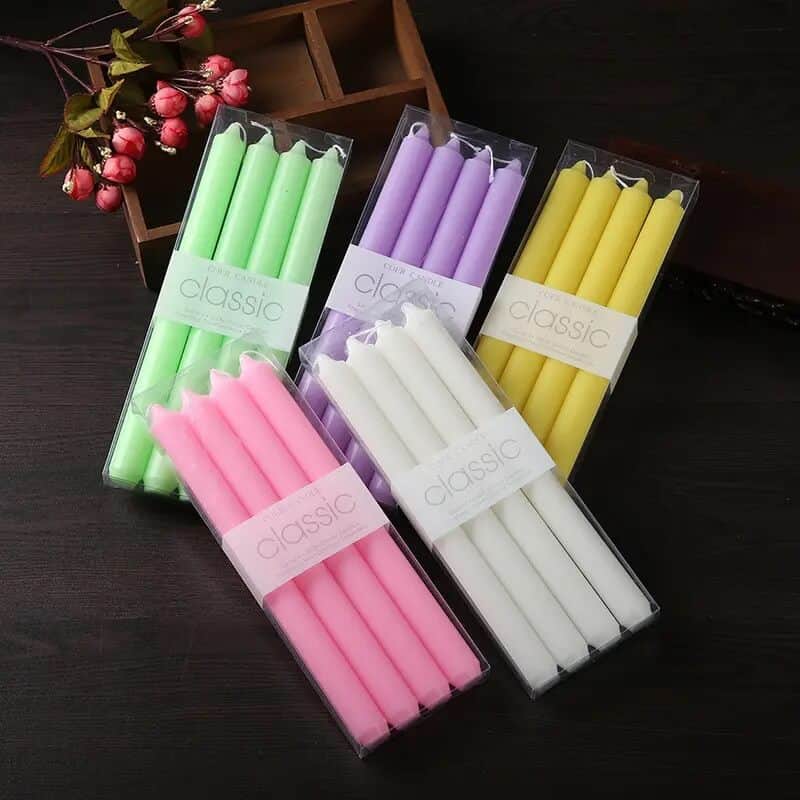
Container Candles
Container Candles, in contrast, are known for their practicality and convenience. They are made and burned within a heat-resistant container, which can range from a simple glass jar to an ornate ceramic pot.
Advantages of container candles include:
- Safety: The container catches the wax, minimizing the risk of spills and potential fire hazards.
- Longevity: They typically have a longer burn time as the wax pool forms inside the container.
- Scent Throw: With scented varieties, the container helps direct the fragrance upward and out into the room.
On the downside:
- Less Variety: Container candles have less versatility in terms of form since they are confined to their containers.
- Heat Resistance: The container must be heat-resistant to withstand the heat of the burning candle, limiting the materials that can be used.
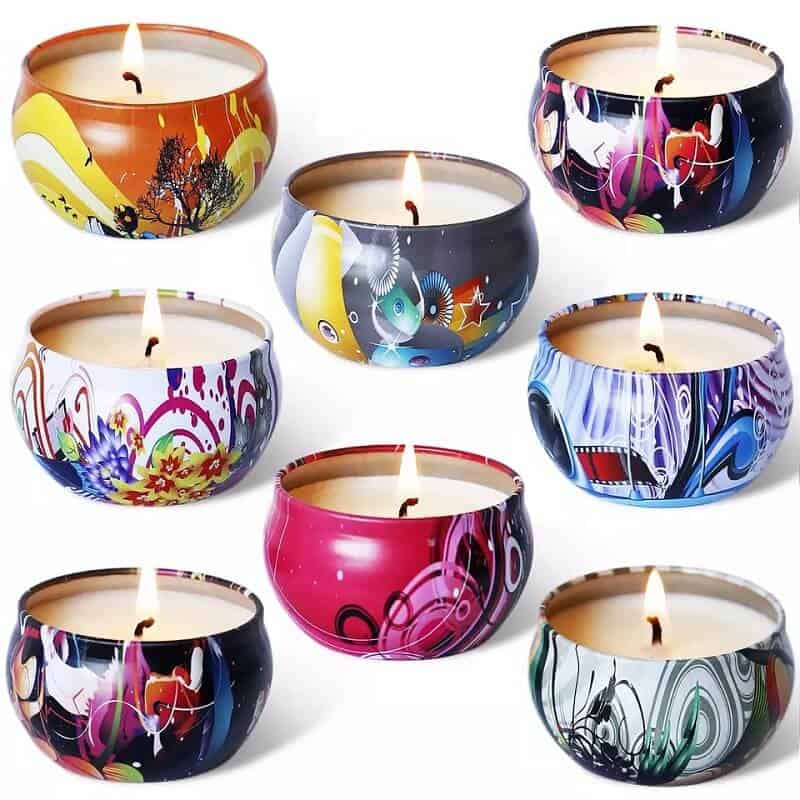
In conclusion, both container candles and traditional candles have their unique charm and uses. The choice between them often comes down to personal preference, the desired aesthetic, and specific use circumstances.
Here’s a table that summarizes the comparison between traditional candles and container candles:
| Traditional Candles | Container Candles | |
|---|---|---|
| Types | Tapers, Pillars | Jars, Tins |
| Appearance | Versatile shapes | Limited by container shape |
| Dripping Wax | Can drip | Wax is contained |
| Fire Safety | Requires more monitoring | Generally safer due to contained wax |
| Burn Time | Varies | Typically longer |
| Scent Throw | Varies | Excellent, enhanced by the container |
| Placement | Need holders/stands | Self-contained |
| DIY Difficulty | Moderate | Easier due to the contained mess |
| Use Cases | Formal dining, ceremonies, decorative display | Casual settings, home decor, gifts |
Benefits of Container Candles
Container candles offer several advantages that make them a popular choice among candle enthusiasts and casual users alike. Here are some of the key benefits:
- Safety: Since the wax is contained within a jar or pot, there is a reduced risk of fire hazards compared to free-standing candles. The container catches any drips or spills, keeping surfaces clean and safe.
- Clean Burning: As the wax is enclosed within a container, there is less mess involved. You won’t have to worry about wax dripping onto surfaces, which can be a common issue with traditional candles.
- Longer Burn Time: Container candles, especially those made from soy or beeswax, tend to have a longer burn time compared to other types of candles. This is because the heat from the flame is trapped within the container, allowing the candle to burn more slowly and evenly.
- Aesthetics and Versatility: Available in a range of sizes, shapes, and colors, container candles can be chosen to match your decor. The container itself can be a decorative element.
- Excellent Scent Throw: For scented candles, containers help to enhance the fragrance throw, allowing the scent to disperse more effectively into the room.
- Portability: Container candles with lids are easy to transport, making them perfect for creating a cozy atmosphere wherever you go.
- Reuse and Recycle: Once the candle has burned down, the container can often be cleaned and reused, making container candles an environmentally friendly choice.
From their practicality to their aesthetic appeal, container candles offer a versatile candle burning experience suited to a variety of needs and preferences.
What is the most popular candle container?
The popularity of a candle container can depend on a variety of factors including aesthetics, functionality, and current trends. As of my knowledge cutoff in September 2021, some of the most popular candle containers include:
- Glass Jars: These are widely popular due to their versatile and classic look. They are available in many shapes and sizes and allow the beauty of the candle, especially layered or colored ones, to shine through. Mason jars and simple round glass jars are particularly favored.
- Tin Containers: Tin containers are popular for their durability and portability, making them great for travel candles. They often come with lids, which help to keep the candle dust-free and preserve the scent.
- Ceramic Pots: Ceramic pots are loved for their artisanal, often handcrafted, aesthetic. They add a unique and cozy feel to the decor.
- Reusable/Repurposed Containers: With a growing emphasis on sustainability, many people are drawn to candles in containers that can be reused after the candle has burned down, like teacups, wine bottles, or decorative tins.
- Wooden Containers: Wooden containers, especially those with natural, rustic finishes, are popular for their unique, earthy aesthetic. However, extra caution is necessary with these containers as wood is a combustible material.
Remember, the “best” container is subjective and depends on the specific needs and preferences of the user. It’s always a good idea to consider the container’s material, size, shape, and heat resistance when choosing a container for a candle.
Gold Candle Tins
Luxury Candle Tins
Black candle tins
Scented candle in tin
Candle tin with pour spout
Rose Gold Candle Tins
Helpful tips and tricks for beginners
here are some helpful tips and tricks for beginners when it comes to making container candles:
- Choosing the Right Container: Make sure you select a container that is heat-resistant and can safely hold the melted wax. Glass jars, tin cans, or ceramic pots are popular choices.
- Wick Size Matters: The size of the wick should be appropriate for the size of the container. If the wick is too small, the wax may not burn properly. Conversely, if it’s too large, the flame can be too big and cause the container to overheat.
- Securing the Wick: Use a wick centering device or a pencil to keep the wick centered while the wax cools. This helps ensure an even burn when the candle is lit.
- Monitor Wax Temperature: Different types of wax have different melting points. It’s important to use a thermometer and keep the temperature under control to avoid overheating.
- Slow Cooling: Allow the candle to cool slowly after pouring the wax. Quick cooling can cause cracks in the candle.
- Trim the Wick: Before lighting the candle, make sure to trim the wick to about 1/4 inch. This prevents the flame from getting too large.
- Curing the Candle: Allow the candle to cure for 1-2 weeks before burning. This allows the fragrance to infuse throughout the wax, leading to a better scent throw when the candle is lit.
- Clean-up Tip: If you spill some wax, wait for it to harden before attempting to clean it up. It will be much easier to remove.
- Safety First: Never leave melting wax unattended. Also, remember to keep your candle-making area clear of flammable materials.
- Experiment and Have Fun: Don’t be afraid to experiment with different fragrances, colors, and containers. Candle making is a creative process, so have fun with it!
Remember, like any new hobby, practice makes perfect. The more you make candles, the better you’ll get at understanding what works and what doesn’t. Happy candle-making!
Conclusion
Container candles offer an unparalleled combination of beauty, convenience, safety, and scent throw that makes them a popular choice for both candle enthusiasts and beginners alike. With endless possibilities in terms of scents, colors, and containers, they provide a personalized touch to any space.
Making your own container candles is not just a creative project, but it also allows you to customize candles to your exact preference. Whether you’re looking to create a cozy ambiance, indulge in your favorite scents, or make thoughtful handmade gifts. The world of container candles awaits your exploration.
Remember, while the process may seem a bit daunting at first, with practice, patience, and the tips and tricks we’ve discussed, you’ll soon master the art of candle making. Happy crafting, and enjoy the warmth and glow that your very own container candles will bring into your life!
